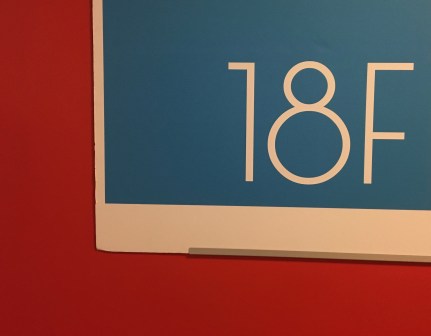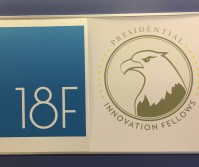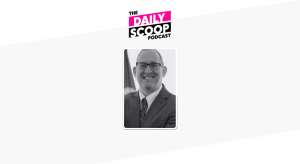The secret to USDS, 18F hiring success
The 18F and U.S. Digital Service teams have each now grown to more than 200 members on their teams — most of them young technologists early in their careers.
During a time when the federal government struggles to attract, hire and retain a young, talented IT workforce to replace those baby-boomer public servants retiring in record numbers, the leaders of these two organizations took the stage Tuesday at FedScoop’s FedTalks 2016 to pass on the secret to their hiring success over the past few years.
USDS founding member Haley Van Dyck remembers when her team was just six or seven people with a big idea to help fix government.
“We weren’t sure we’d even be able to recruit 20 people to come and join this team,” said Van Dyck, whose team hit the 200-member mark just this week. “It was an experiment — we just wanted to see if this would be able to work.”
Eric Hysen, another early USDS member who’s since gone on to head a team outpost within the Department of Homeland Security, said recruitment is “something that we spend a lot of time — USDS overall and our team at DHS — working on.”
Hysen’s own family in a sense serves as a microcosm of the changing state of the federal government’s ability to bring in new tech talent. His father is a careerlong General Services Administration employee who’s set to retire in coming years whereas Hysen is just beginning his own tour of duty.
“The path that he took and the path that I’m taking, as well as the people we are recruiting, could not be more different,” said Hysen, who participated in a FedTalks panel with 18F’s Aaron Snow.
And that’s because both the modern work environment and recruiting process have largely changed, the panelists said. Private technology firms are able to offer relatively massive salaries and sexy office spaces loaded with perks — things the U.S. government just can’t offer.
Those companies can also move much quicker to hire available talent.
“You need to be able to actively go out and recruit. The types of people that the government needs in many cases aren’t browsing USAJobs looking for listings,” Hysen said. “They need to be found where they already are, and then be able to bring them on very quickly. You’re competing with processes from private companies that might try to bring somebody in in a week or two.”
So what does the federal government have that private companies can’t offer?
Impact is the most common element that attracts technologists to join federal digital services team like 18F and USDS, said Snow, who just stepped down from his post as executive director of 18F last week.
“Comfy environment [or] not comfy environment, all the right tools [or] not all the right tools — the common thread I think that brings great folks into this endeavor is: Am I going to be able to be productive and have and impact and serve?” he said. 18F’s success in recruiting has been linked to its ability to answer yes to that question, “no matter what the room looks like or what kind of computer you give them.”
“Ultimately it’s, ‘If I come, is it going to be worth it, and am I going to be able to make change?'” Snow said. “Folks in this business, they’re all impact junkies.”
Snow stole the words out of Hysen’s mouth.
“The process, the workspace, are what a lot of people when they’re saying how to attract digital talent they go to first,” he said. “And it’s important, but it is so insignificant compared to giving them an environment that allows them to get things done, that allows them to question sources of authority, allows them to truly have the type of impact that a lot of tech companies like to promise but really do not deliver on anywhere close to the scale of the federal government.”






